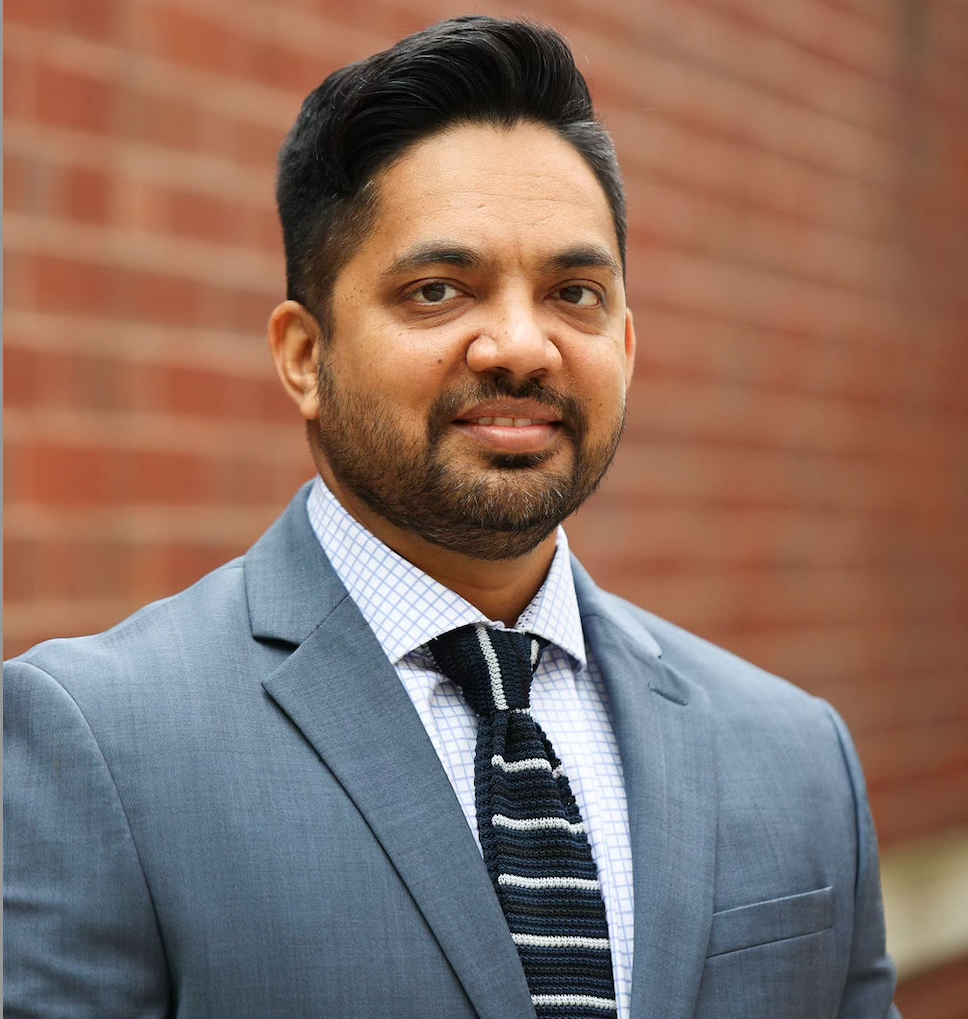Commentary
Article
131 Million Americans Live in Areas With Dangerous Air Pollution Levels, Report Finds
Author(s):
Based on the 2024 State of the Air report, Munaf Siyamwala, MD, of Centerpoint Medical Center, noted that patients with COPD need personalized action plans to manage flare-ups exacerbated by poor air quality and extreme weather conditions.
Munaf Siyamwala, MD, a pulmonary critical care and internal medicine physician at Centerpoint Medical Center in Independence, Missouri, summarized the American Lung Association's 2024 State of the Air report, which found that about 131 million Americans live in areas with unhealthy ozone and particle pollution levels.
In an interview with The American Journal of Managed Care® (AJMC®), he explained that patients with chronic lung diseases, especially those with chronic obstructive pulmonary disease (COPD), need personalized action plans to manage flare-ups exacerbated by poor air quality and extreme weather conditions.
Dr Munaf Siyamwala | Image Credit: Dr Munaf Siyamwala

This transcript was lightly edited.
AJMC: Could you summarize the findings of the 2024 State of the Air report?
Siyamwala: The State of the Air report actually began in 2000. Even in the 2 and a half decades of progressing and cleaning up air pollution by the EPA [Environmental Protection Agency] and government policy, the report shows that 39% of the people living in America, which is almost 131 million people, still live in places with failing grades of unhealthy levels of ozone or particle pollution. There are 11.7 million, almost 12 million, more people breathing unhealthy air compared with last year's report. So, you can say that almost 4 in 10 people in America live in places with unhealthy levels of air pollution.
This significant rise is a result of a combination of factors, like extreme heat and droughts; especially in the western states, wildfires are a major concern with high temperatures. Now, you also have to look at the race factor in this, where people of color are 2.3 times as likely as White people to live in a county with failing grades of air pollution, which includes ozone and particle pollution.
California is at the top for both year-long and short-term air pollution exposure. These include counties like LA and Bakersfield, so it doesn't only include the pollution from transportation but also from wildfires. There are some trends that this report suggests; the purple days, which are very unhealthy ozone days, are actually falling slowly compared to 25 years ago. But even the report suggests that they were not expecting that, 25 years from the first report, there would be over 100 million Americans living under the failing grade of air pollution. So, that is a summary of the report.
AJMC: What implications do these findings have for patients with COPD?
Siyamwala: Now, especially with this kind of weather, people with chronic lung diseases should have an action plan for themselves. All my patients that I have with COPD and asthma, are treated differently depending on their symptoms, depending on how bad their COPD is, but I give them an action plan for their good days, moderate days, and bad days.
A lot of patients during hot weather have more bad or worse days. Depending on those days, you have to tell them that these are the medications you need to use more, these are the medications that if you're using and it's still not helping them, then is it time to call 911? Or, is it time to call your doctor, or make a doctor's visit?
So, in these air pollution and weather conditions, how often do patients with COPD have flare-ups? Again, they are exposed to more smoking because some of these patients still continue to smoke or live in an area where the air quality index is still really high, so we have to give them an action plan.
Reference
American Lung Association. State of the air 2024 report. April 24, 2024. Accessed July 1, 2024. https://www.lung.org/getmedia/dabac59e-963b-4e9b-bf0f-73615b07bfd8/State-of-the-Air-2024.pdf




